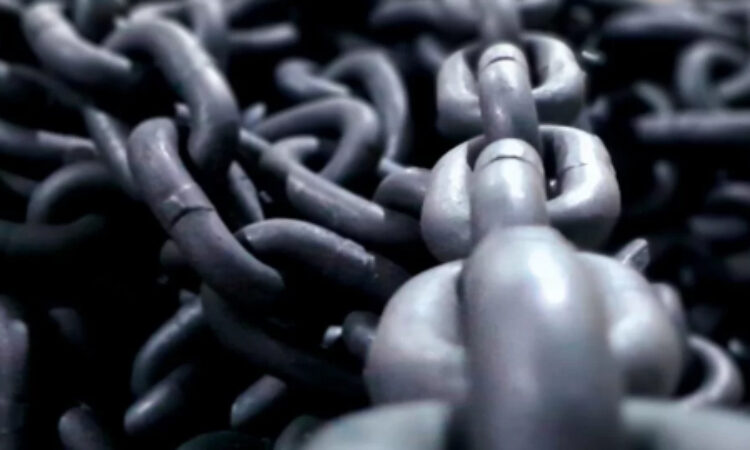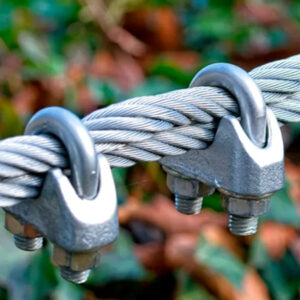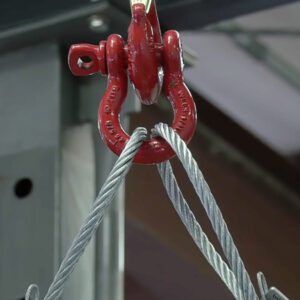Chains: More Safety in Lifting and Securing Loads!
The handling of heavy loads in industrial environments requires the use of safe and reliable equipment. In this context, chains stand out as effective solutions for lifting and securing loads, ensuring safety and efficiency. Developed with strict materials and processes, they are essential in industries that require critical operations, such as the boiler, automotive, and transportation industries.
Why are chains crucial for safety in lifting and securing loads?
Chains play a key role in lifting and securing loads in industrial operations, providing a combination of safety and efficiency that few other devices offer. Choosing high-strength chains ensures that operations are carried out safely, minimizing the risk of failures or accidents.
What materials are chains made of?
General-purpose chains are made from carbon steel, usually SAE 1020 to SAE 1045, or stainless steel alloys like AISI 304 and 316. Although these alloys are resistant to corrosion, they have low tensile strength, making them unsuitable for lifting loads. For lifting and securing loads, chains made from high-tensile alloys ranging from 800 N/mm² to 1200 N/mm² are required. These high-strength chains are specifically designed to withstand extreme stresses in heavy industrial operations, ensuring safety and efficiency during use.
Why do companies choose chains over other items for securing and lifting?
Chains are the preferred choice of many companies for several reasons. Regarding load securing, the use of chains is regulated by local authorities, which determine their application in certain operations. In load lifting, chains are advantageous because they allow length adjustment via specific hooks—essential in lifting where the center of mass of materials is off-center. Additionally, chains can operate at temperatures above 100°C, which is the limit for steel cables and lifting slings. While general-purpose chains with low tensile strength would need to be made with large diameters and therefore have a high weight to support heavy loads, grade 8 or higher chains offer the same strength with smaller diameters, making them more practical and efficient.
Applications and Advantages of Chains for Lifting and Securing Loads
Chains are widely used in various industrial applications, including:
-
Lifting loads: Used with cranes, hoists, and other lifting equipment to move heavy loads safely.
-
Securing loads: Ensure that loads stay secure during transportation, preventing shifts that could cause accidents or damage.
-
Aggressive environments: Due to their resistance to high temperatures and harsh conditions, they are ideal for operations in aggressive environments.
Main Advantages of Chains in Industrial Operations
Chains offer several significant advantages:
-
High tensile strength: Capable of supporting heavy loads without deformation or rupture.
-
Durability: Resistant to wear, corrosion, and mechanical damage, ensuring a long service life.
-
Versatility: Adaptable to various applications and environments, from underwater operations to high-temperature environments.
-
Ease of inspection and maintenance: Allow quick visual inspections and simple maintenance, ensuring the continuity of operations.
How to Ensure Maximum Safety in Your Operations with High-Strength Chains
To ensure safety and efficiency when using high-strength chains, it is essential to:
-
Choose the appropriate chain grade: Select chains with the appropriate strength grade for the specific load and application.
-
Perform regular inspections: Periodically check the condition of the chains to identify wear, deformation, or damage that could compromise safety.
-
Conduct load testing: Subject the chains to load testing to ensure they can handle the stresses anticipated during operations.
-
Follow manufacturer recommendations: Adhere to the usage, maintenance, and load limit guidelines provided by the manufacturer.
By adopting these practices, your company will align with the safety and efficiency standards required in the market, ensuring successful operations and protecting the integrity of both employees and materials.





